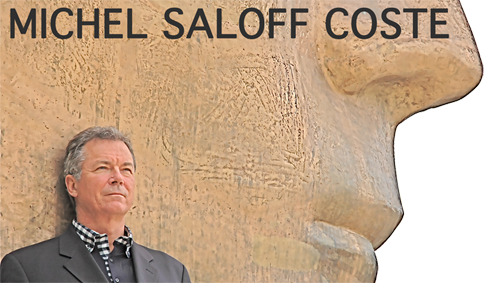Scandinavia
From Wikipedia, the free encyclopedia
From Wikipedia, the free encyclopedia
Scandinavia is a historical and cultural-linguistic region in Northern Europe characterized by a common ethno-cultural Germanic heritage and related languages, which includes the three kingdoms of Norway, Denmark and Sweden.
Modern Norway and Sweden proper[b] are situated on the Scandinavian Peninsula, whereas modern Denmark is situated on the Danish islands and Jutland. The term Scandinavia is usually used as a cultural term, but in English usage, it is occasionally confused with the purely geographical term Scandinavian Peninsula, which took its name from the cultural-linguistic concept.[1] The name Scandinavia originally referred vaguely to the formerly Danish, now Swedish, region Scania.
The terms Scandinavia and Scandinavian entered usage in the late 18th century as terms for the three Scandinavian countries, their Germanic majority peoples and associated language and culture, being introduced by the early linguistic and cultural Scandinavist movement. Sometimes the term Scandinavia is also taken to include Iceland, the Faroe Islands, and Finland, on account of their historical association with the Scandinavian countries.[2] Such usage, however, is considered inaccurate in the area itself[by whom?][Reference?], where the term Nordic countries instead refers to this broader group.[3][Reference does not support contention]
The southern and by far most populous regions of Scandinavia have a temperate climate. Scandinavia extends north of the Arctic Circle, but has relatively mild weather for its latitude due to the Gulf Stream. Much of the Scandinavian mountains have an alpine tundra climate. There are many lakes and moraines, legacies of the last glacial period, which ended about ten millennia ago.
The Danish, Norwegian, and Swedish languages form a dialect continuum and are known as the Scandinavian languages—all of which are considered mutually intelligible with one another, although Danish is considered much closer to Norwegian. Faroese and Icelandic, sometimes referred to as insular Scandinavian languages, are only intelligible with continental Scandinavian languages to a very limited extent. Finnish and Sami languages are related to each other, as well as to Hungarian, Estonian and several minority languages spoken in Western Russia, but are entirely unrelated to the Scandinavian languages.[c] They do, however, include several words that have been adopted during the history from the neighboring languages, just as Swedish, spoken in Finland today, has borrowed from Finnish.
The vast majority of the human population of Scandinavia are Scandinavians, descended from several (North) Germanic tribes who originally inhabited the southern part of Scandinavia and what is now northern Germany, who spoke a Germanic language that evolved into Old Norse and who were known as Norsemen in the Early Middle Ages. TheVikings are popularly associated with Norse culture. The Icelanders and the Faroese are to a significant extent, but not exclusively, descended from peoples retrospectively known as Scandinavians. The origin of Finns is somewhat debated, the closest genetic relatives for Finns are Estonians and Swedes. The extreme north of Norway, Sweden and Finland, as well as the most North-Western part of Russia, is home to a minority of Sami.
About CIFS
Every day companies and organisations make decisions, that is, strategic decisions of great importance for the future. Decisions that often have to be made quickly.
Contributing with knowledge and inspiration, the Copenhagen Institute for Futures Studies supports decision-making. We identify and analyse trends that influence the future nationally and internationally. Through research, analyses, seminars, presentations, reports, and newsletters, we give advice on the future.
The objective of the Copenhagen Institute for Futures Studies is to strengthen the basis for decision-making in public and private organisations by creating awareness of the future and highlighting its importance to the present.
Our work methods range from statistically based analysis and the identification of global trends, to more subjective emotional factors of importance to the future.
The work of the Institute is interdisciplinary. The staff represents various fields of academic and professional backgrounds such as economics, political science, ethnography, psychology, engineering, PR and sociology.


Aucun commentaire:
Enregistrer un commentaire